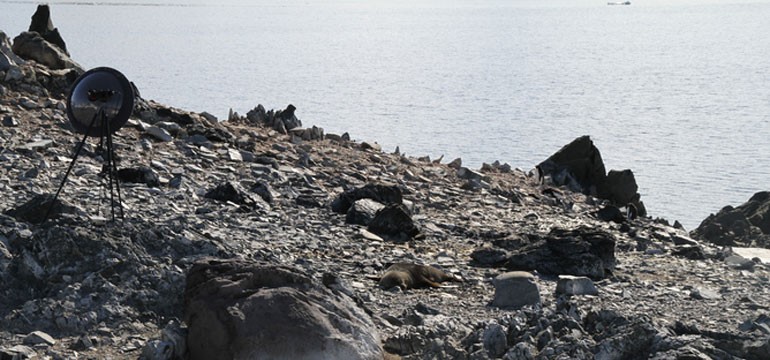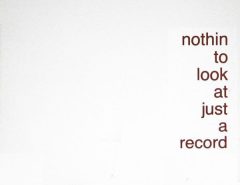In 1889, an eight-year old boy made a recording of a Common Sharma using his father’s wax cylinder recorder. This boy, Ludwig Koch, would go on to become one of the great natural history broadcasters of the early 20th century.
But what made his recording of the bird so important? Why was this event seminal to field recording?
Koch made the first documented non-human recording. This was also the first time that type of sound, captured somewhere, could be reproduced somewhere else at another time. It was in the grip of the microphone, that the opportunity to exhume sounds from the grave of memory was realised…
Complete article: «The sounds around us: an introduction to field recording«, Lawrence English, The Conversation.





Leave a Reply
Lo siento, debes estar conectado para publicar un comentario.